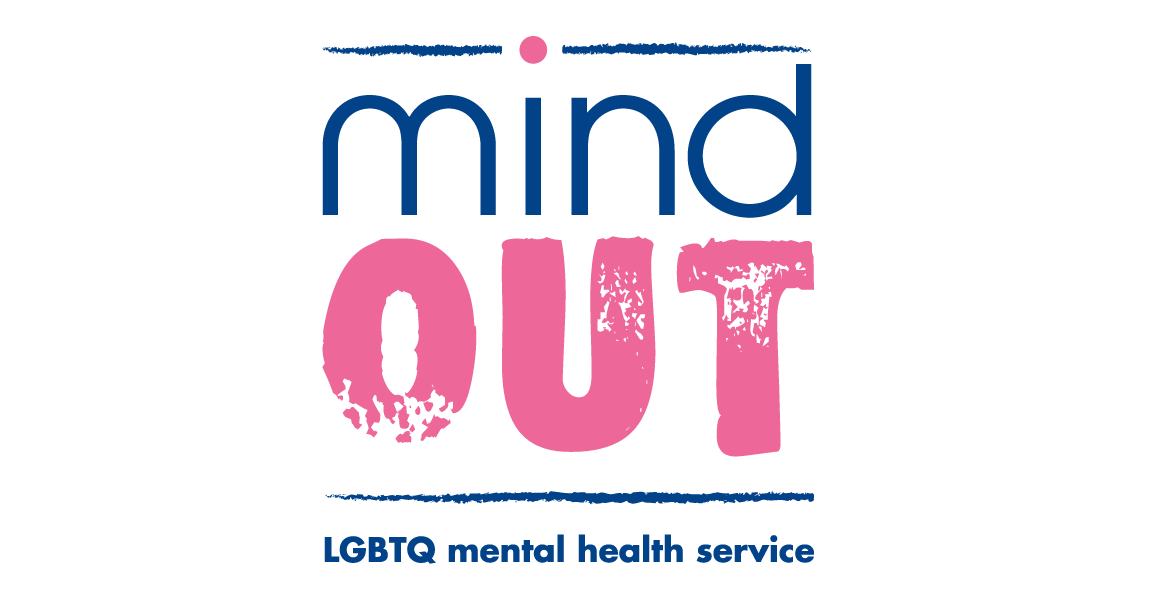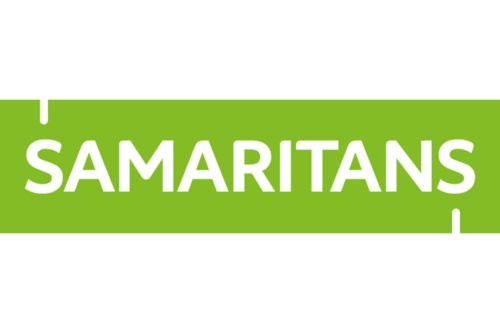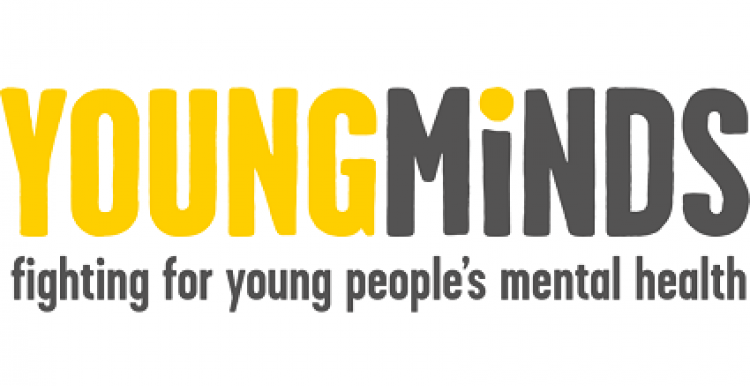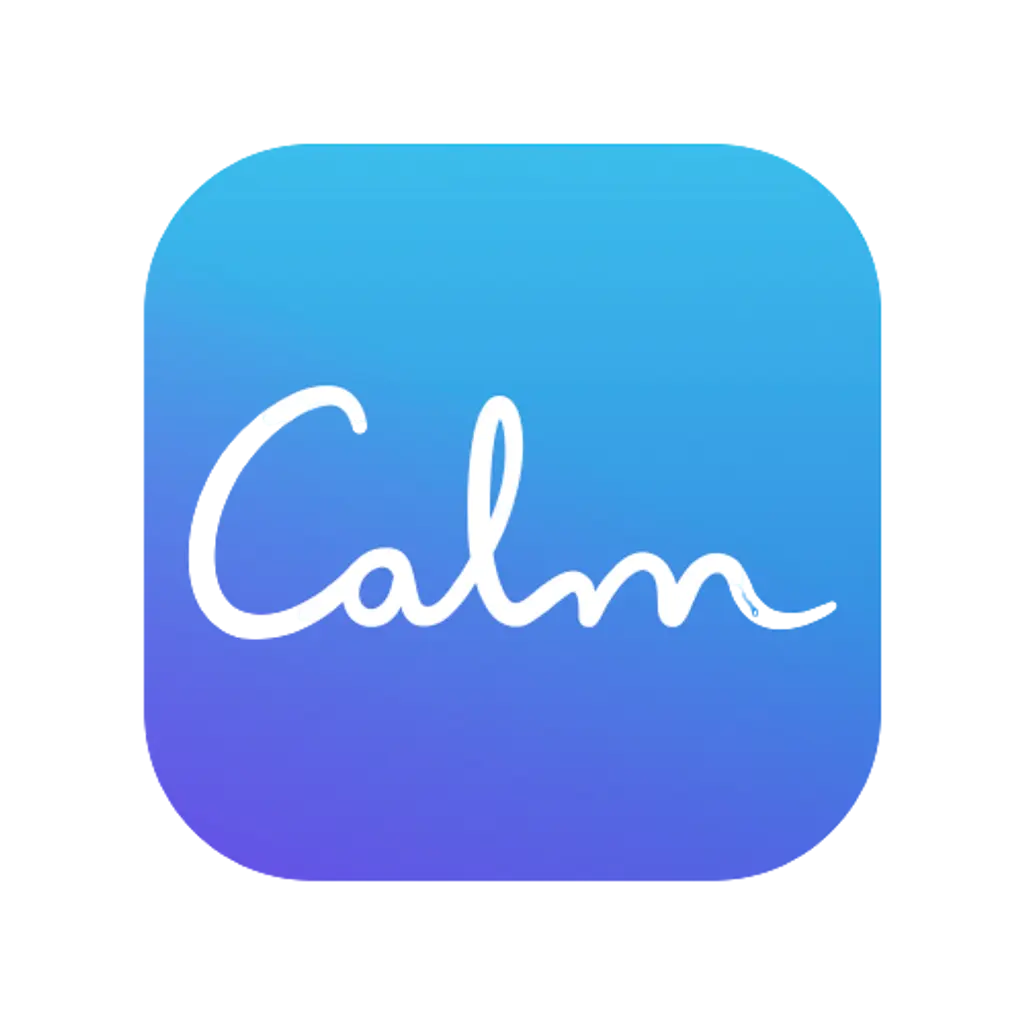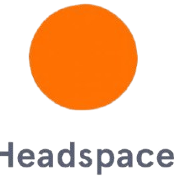Greater Trochanteric Pain (GTPS)
What you should know
Greater Trochanteric Pain Syndrome (GTPS) can be a painful condition affecting the outer (lateral) hip region.
It occurs when the soft tissues that lie over the bony prominence (greater trochanter) at the top of the thigh bone become irritated and sore. This can include muscles tendons, or the bursae (small fluid filled sac – that allows smooth movement between muscle and bone). This irritation can occur for numerous reasons, however it is most commonly due to overload, where the structures around the greater trochanter are unable to tolerate load placed upon it.
Causes
- Age: over half of people over 65 show changes on an x-ray however this does not necessarily correlate with symptoms
- Gender: more women are affected than men
- Trauma: direct fall or impact to the outside edge of the hip
- Weakness: of the muscles surrounding the hip, especially the gluteus medius muscle, which is the on the outside of the hip
- Overload: excessive loading through the hip without adequate recovery, or sudden increase in activity, e.g. prolonged walking/running
- Weight: Extra weight through joints can contribute to the onset of lateral hip pain
- Certain postures – standing on 1 leg for long periods of time, crossing legs when sitting, or lying on the affected side for long periods
Symptoms
You may not present with all of these symptoms all of the time, everyone is different and at a different stages of condition.
- Tenderness or pain and the lateral aspect of the hip that may radiate down to the thigh
- Pain on lying on the affected side. Pain initially on sit – stand
- Stiffening of the joint
- Weakness of the surrounding muscles
- Reduced mobility or difficulty with functional tasks such as ascending the stairs
- Difficulty ascending the climbing stairs
What to do
One of the most important things is to keep moving, many of you may be reluctant to do this due to the pain. Move little and often, try and avoid sitting for long periods of time. Get up every 30 minutes and have a walk around. When walking, grow tall, take smaller strides and walk with feet a little wider.
It may be necessary to pace your activity, take regular breaks this will help prevent you doing too much at once and flaring the hip. Attempt some strengthening exercises to help build the muscles around your hip, this in turn will offload the joint itself and reduce your pain. (Please see exercises at the bottom of the page).
Be guided by your pain, pushing through your pain may result in a set back and possible flare up.
Continue performing your normal activities but perhaps think about adding some breaks or reducing the time you are performing that activity.
- Sitting posture: do not cross your legs, do not sit with knees together (place a cushion between knees) and try and avoid sitting in a low chair where your hips are above your knee as this may aggravate your pain.
- Stairs: place feet a little wider so they are hip width apart and use a rail on the opposite side if possible to share the load.
- Standing posture: stand on both legs, legs apart. Avoid standing on one leg.
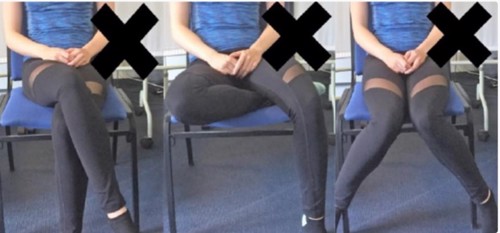

Pain medication
Sleep
Sleep is really important when it comes to managing pain. Studies suggest that getting a good night sleep can reduce pain levels by as much as 25%.
Tips to improve your sleep include:
- Sleeping in a dark, quiet and cool room
- Try taking pain relief an hour before you go to bed
- Do not consume caffeine within six hours of sleeping
- Try to avoid eating within two hours of sleeping
- Try not to be in front of bright screens such as TVs, laptops or phones for one hour before bed
- Keep your bedroom as a place to sleep – do not use it for work or as an office
- If you do wake in the night and cannot get back to sleep – get up, go to another room and do something until you are tired enough to sleep
Diet and nutrition
If you’re overweight you should consider eating a well-balanced and healthy diet which is low in saturated fats, sugar and salt. It’s also a very good idea to eat plenty of fresh fruit and vegetables, and to drink plenty of water.
Diet is important alongside performing some gentle exercise.
If you need to lose weight, the key is to regularly burn off more energy than you consume on a daily basis.
Relaxation
Stress can make pain worse. One way of reducing the effects of stress is to learn how to relax.
There are many relaxation, meditation or mindfulness tapes, CDs and MP3 downloads available – your doctor or physiotherapist may be able to offer you some, or they’re available online or from high-street shops. A good example is Headspace which is available online or as an application for your smart phone or tablet.
Exercises
These exercises below are aimed to strengthen and stabilise the muscles that support your hip.
If an exercise is painful to undertake or causes a moderate to high level of pain during or afterwards then reduce the difficulty level or stop that exercise.
- Static Hip Abduction: stand with your feet hip width apart and push your feet into the ground as if you were splitting the floor. Hold for 10-15 seconds and repeat 5 times.
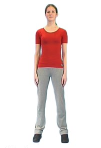
- Bridge: lie on your back with knees bent and arms across chest. Squeeze your buttocks together and lift your bottom off the floor. Hold for 5 seconds and return to starting position. Repeat 10 times. Build up to 10 second hold as able.

- Wall squat: stand leaning with your back against a gym ball on a wall and your feet about 20cm from the wall. Slowly slide down the wall until your hips and knees are at right angles. Return to starting position and repeat 10 times.
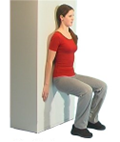
- Hip abduction: lie on your side. Keep the leg on the bed bent and the upper leg straight. Lift the upper leg straight up and back with ankle flexed and the heel leading the movement. Hold for 15-30 seconds and repeat 5 times.

- Seated hip external rotation: sit down and tie an exercise band around your thighs or use your hands to resist. Squeeze your buttocks and move your thighs out against the band. Hold for 10-15 secs and repeat 5 times.
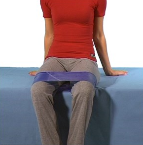
When to see your GP or Physiotherapist
- If you have had a fall or injured your hip
- If you have redness or swelling around the hip
- If you feel feverish or unwell or you’ve been losing weight
- If you are having difficulty with everyday activities for example climbing the stairs, putting your shoes/socks on and the exercises are not improving your pain after 4 weeks, please visit your GP/Physio
Further resources
I am in Crisis
If you feel you need immediate help, contact one of the below charities.
Recommended Apps
Below are a selection of the apps we recommend

